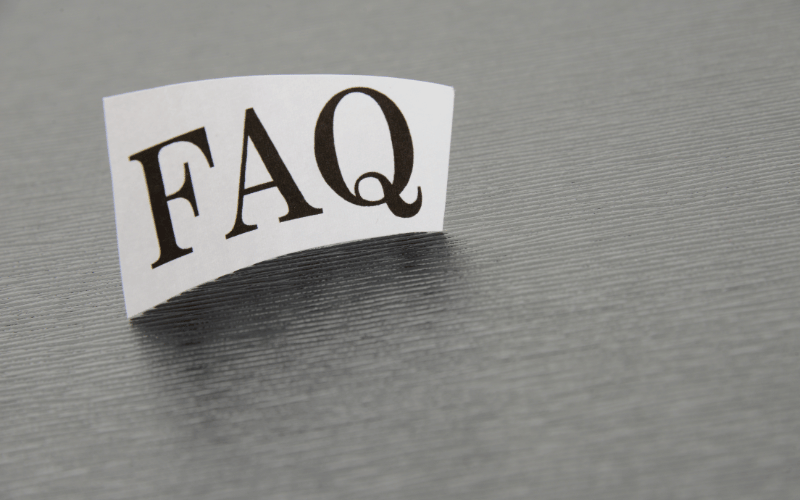FAQ on Mouth Breathing (Chronic Oral Ventilation)

1. Why is nasal breathing considered superior to mouth breathing?
Nasal breathing offers several advantages over mouth breathing. The nose warms, filters, and humidifies the air, ensuring cleaner and more conditioned air reaches the lungs. Additionally, nasal passages produce nitric oxide, which enhances lung oxygen absorption. On the other hand, mouth breathing can lead to dryer, colder air entering the lungs, which may not be as efficient for oxygenation.
2. Can mouth breathing affect my child’s facial development?
Yes, chronic mouth breathing can impact a child’s facial growth. It can lead to changes like a longer face, narrower palate, and dental issues like crowding or misalignment. Addressing mouth breathing early can prevent or minimize these developmental concerns.
3. Are there exercises or techniques to reduce mouth breathing?
Certainly! Breathing exercises, often linked to practices like yoga and meditation, can train individuals to breathe through their noses. Techniques like “Buteyko” and “pranayama” emphasize nasal breathing and can be beneficial. If mouth breathing is due to a physical blockage, consulting a healthcare professional for potential treatments or interventions might be necessary.
4. Can mouth breathing lead to sleep disorders?
Yes, mouth breathing can be associated with various sleep disorders, including snoring and obstructive sleep apnea. By not utilizing the filtering and humidifying functions of the nose, the airway can become more susceptible to obstructions, potentially leading to disrupted sleep patterns.
5. How does mouth breathing impact spinal health?
Mouth breathing can lead to forward head posture, putting strain on the cervical spine. This altered posture can increase the risk of musculoskeletal pain and reduced mobility. Additionally, mouth breathers might not engage their diaphragm as effectively during breathing, leading to reduced core stability and potential spinal issues.
Conclusion: The Broad Implications of Mouth Breathing
Mouth breathing, often dismissed as a mere habit, holds significant implications for our overall health. From affecting our dental well-being, facial development, and sleep patterns to impacting our physical posture, spinal health, and even the very balance of gases in our blood, the repercussions of chronic oral ventilation are vast and multifaceted. Breathing, a fundamental act of living, when deviated from its natural course, can become a silent detractor from our quality of life, emphasizing the need for awareness, timely intervention, and a holistic approach to our respiratory habits.
As we’ve delved into the myriad consequences of mouth breathing, it becomes evident that its influence extends beyond the respiratory realm. It serves as a reminder of the interconnectedness of our body systems, where a deviation in one aspect can set off a cascade of changes across various domains. Recognizing and addressing mouth breathing is not just about rectifying a breathing pattern; it’s about enhancing overall well-being, ensuring optimal growth in children, and promoting a balanced, holistic approach to health. In the dance of life, it’s pivotal that we don’t miss a beat – or a breath.